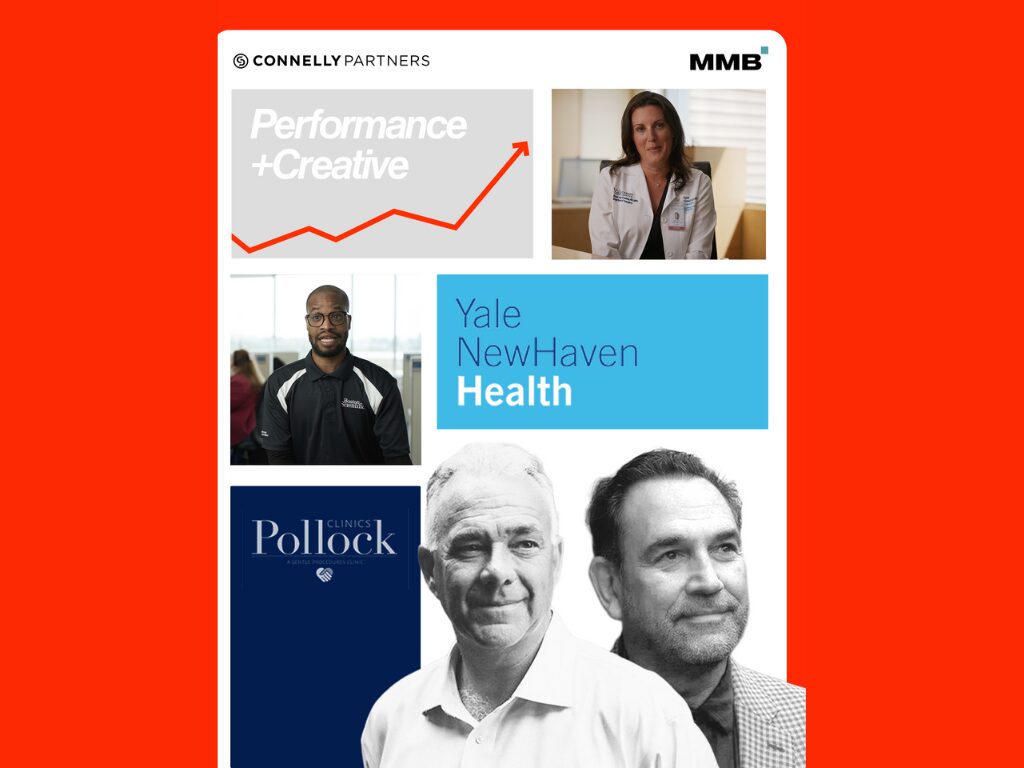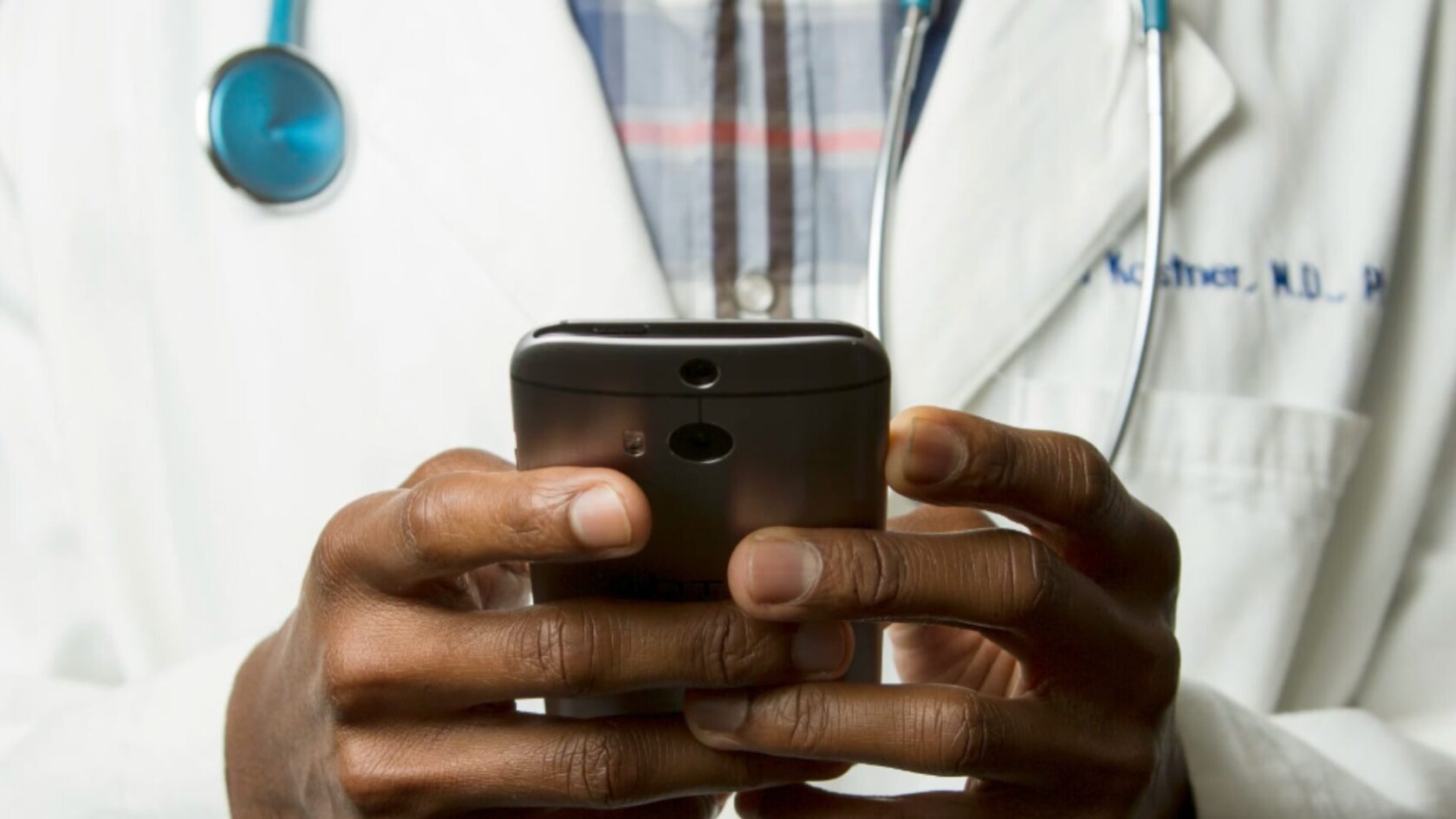Michele Hart-Henry, Managing Director, Connelly Partners Health
In this time of predictions, prognostications and resolutions, we reviewed a few healthcare engagement trends we expect to see more of in 2025 and beyond. These trends are presented in no particular order. Nor are they ranked in importance. Instead, it’s a semi-random list of the things we find interesting in today’s healthcare marketplace. Critically, though, all the research and articles we read to compile this list were woefully short on insight into consumer response to any of these developments. Therefore, because healthcare, at its core, is inherently about humans, we’ve added our thoughts about consumer acceptance of these predictions based on their current or anticipated behaviors.
Convenience-Driven Strategic Partnerships
In Brief: Partnerships between healthcare providers and technology companies merge clinical expertise with innovative solutions, streamlining patient care and improving accessibility.
Examples: Amazon’s One Medical partnership with Cleveland Clinic demonstrates how collaborations simplify healthcare delivery. Through Amazon’s ecosystem, patients benefit from integrated appointment scheduling, 24/7 telehealth services, and medication reminders. Similarly, ride-app company Lyft is partnering with health systems through Lyft Healthcare to improve access to care by providing free or low-cost rides to those who may have transportation issues that interfere with their ability to access needed care.
Consumer Response: According to research by McKinsey and others, convenience significantly influences consumers’ health choices. Factors like location, accessibility, appointment scheduling ease, waiting times, and access to care without disrupting their daily routines rank high in patient satisfaction scores. Patients appreciate the convenience and comprehensive care these partnerships provide. Integrating health services into platforms they use daily, like Amazon or Lyft, makes healthcare more accessible and user-friendly.
Future: More collaborations that create ease, convenience, and accessibility will likely occur, such as between wearable tech companies like Fitbit and hospitals, enabling real-time health monitoring and preventive care programs. Or Apple and its Smartwatch collaborations with research initiatives and institutions.
AI-Driven Information Delivery
In Brief: AI is transforming healthcare by delivering personalized, timely information to patients, improving engagement and satisfaction.
Examples: NHS Scotland is trialing an AI-powered physiotherapist named Kirsty to address back pain and reduce wait times. Patients receive same-day virtual appointments and personalized care plans via a mobile app. In the US, organizations like Buoy Health use AI-powered tools to help assess symptoms, while Mayo Clinic uses an AI chatbot to provide accurate, personalized information about conditions and treatments based on user queries. For example, if someone asks about managing diabetes, it might give meal-planning tips, glucose-monitoring advice, and links to clinical guidelines. Lirio, a Tennessee-based behavior change management company, uses AI-powered tools to deliver personalized “nudges” to promote positive health behaviors.
Consumer Response: While many patients value the efficiency and accessibility of AI tools, they remain cautious about their accuracy and the lack of human interaction. Kirsty’s initial reception highlights appreciation for prompt care, though long-term success depends on user experience and outcomes. Perceptions of AI chatbots vary based on age, education level, and familiarity with technology, affecting acceptance and trust levels.
Future: AI could evolve into real-time health coaching tools, for example, alerting diabetic patients about glucose level trends or providing preventive care insights based on wearable data. AI chatbots in healthcare offer promising benefits in personalization, accessibility and patient engagement; however, addressing concerns related to trust, empathy, and data security is crucial for broader acceptance and effective utilization.
Omnichannel Patient Connection
In Brief: As noted above, convenience and choice are the hallmarks of healthcare consumerism. Engaging patients through multiple platforms – of their choosing – ensures consistent communication and fosters stronger relationships throughout their healthcare journey.
Examples: Kaiser Permanente integrates mobile apps, email, telemedicine portals, and in-person visits to provide a seamless patient experience. Beyond EPIC or other EMR-based portals, empowering omnichannel tools such as Canada’s Telus Health’s Home Health Monitoring (HHM) enable patients to monitor their health metrics at home and share this information electronically with their healthcare providers. This facilitates proactive care management and potentially creates positive behavior management among health consumers.
Consumer Response: Patients value the flexibility to choose their preferred communication channels. This approach increases satisfaction and loyalty by meeting patients where they are, both physically and digitally. Moreover, as these tools evolve to support health consumerism and positive behavior change, satisfaction with and loyalty to their providers will only increase.
Future: In addition to currently available channels, healthcare providers will continue to incorporate Augmented Reality (AR) or Virtual Reality (VR) into their consultations and behavior change programs or deploy customized wearable notifications to create even more engaging and personalized experiences.
Consumerism in healthcare isn’t new; however, health organizations must continue to evolve in addressing the demand for care and communicating on consumers’ terms, meeting them where, how, and when they want to be met.



